Surprised I couldn't find any answer to this, or someone doing something similar.
Question: I am running a bootstraps on a GLM that takes a long time. However, I don't care about any output/SE's/tests or matrices that glm gives me, just the MLE for the coefficients (because I am using the bootstrap for uncertainty). It seems it would be way faster/memory efficient to just run the ML optimizer store MLE for each coefficient, rinse/repeat. Any way to do this besides writing an optim() script from scratch?
P.S. Q: Any way to tell glm() to use something besides IRWLS for algorithm, like N-R etc.
The X matrix is about 100mil observations, 10-15 parameters. I haven't had any serious issues with convergence, just a big matrix to deal with. I have been using fastglm(, method=3) which I found the fastest and to give answer comparable to glm().
It takes about 15-20 minutes to run the regression, so to get 200 or so bootstraps takes a few days. I would like to run in parallel but lack the memory for it.
